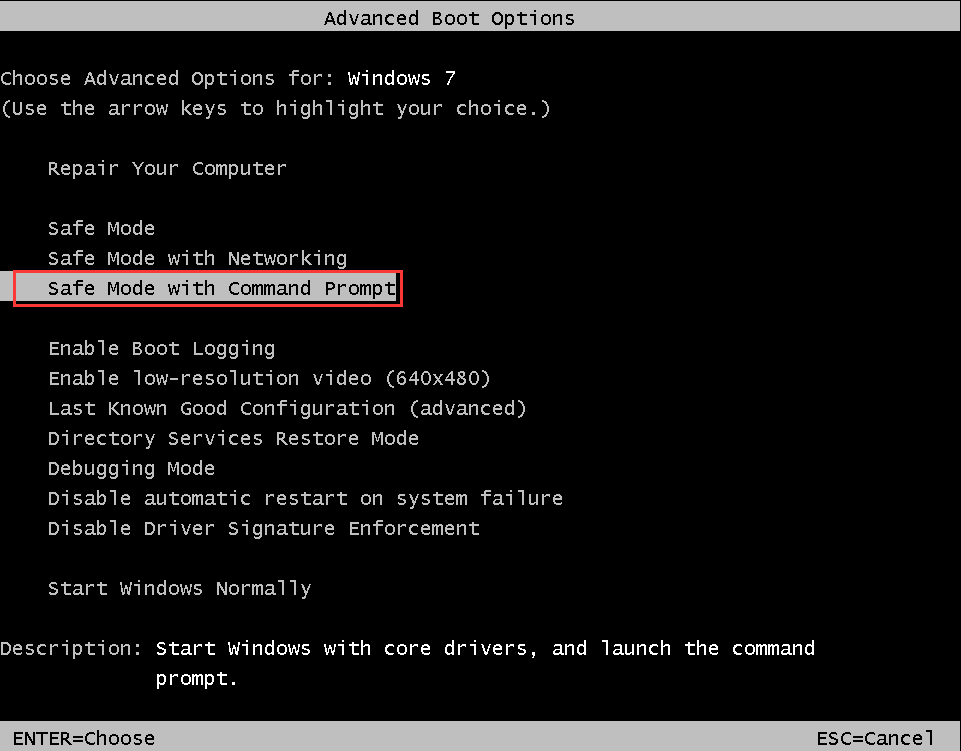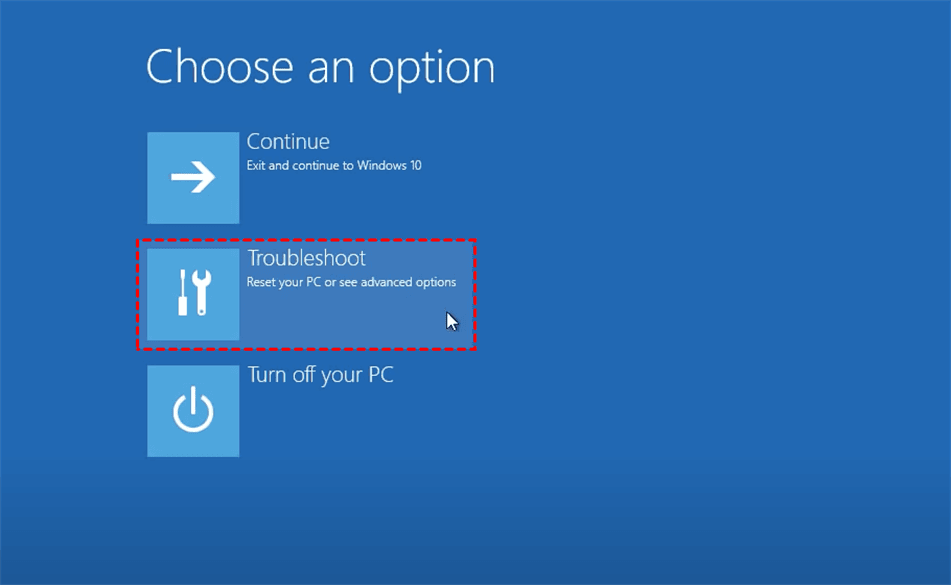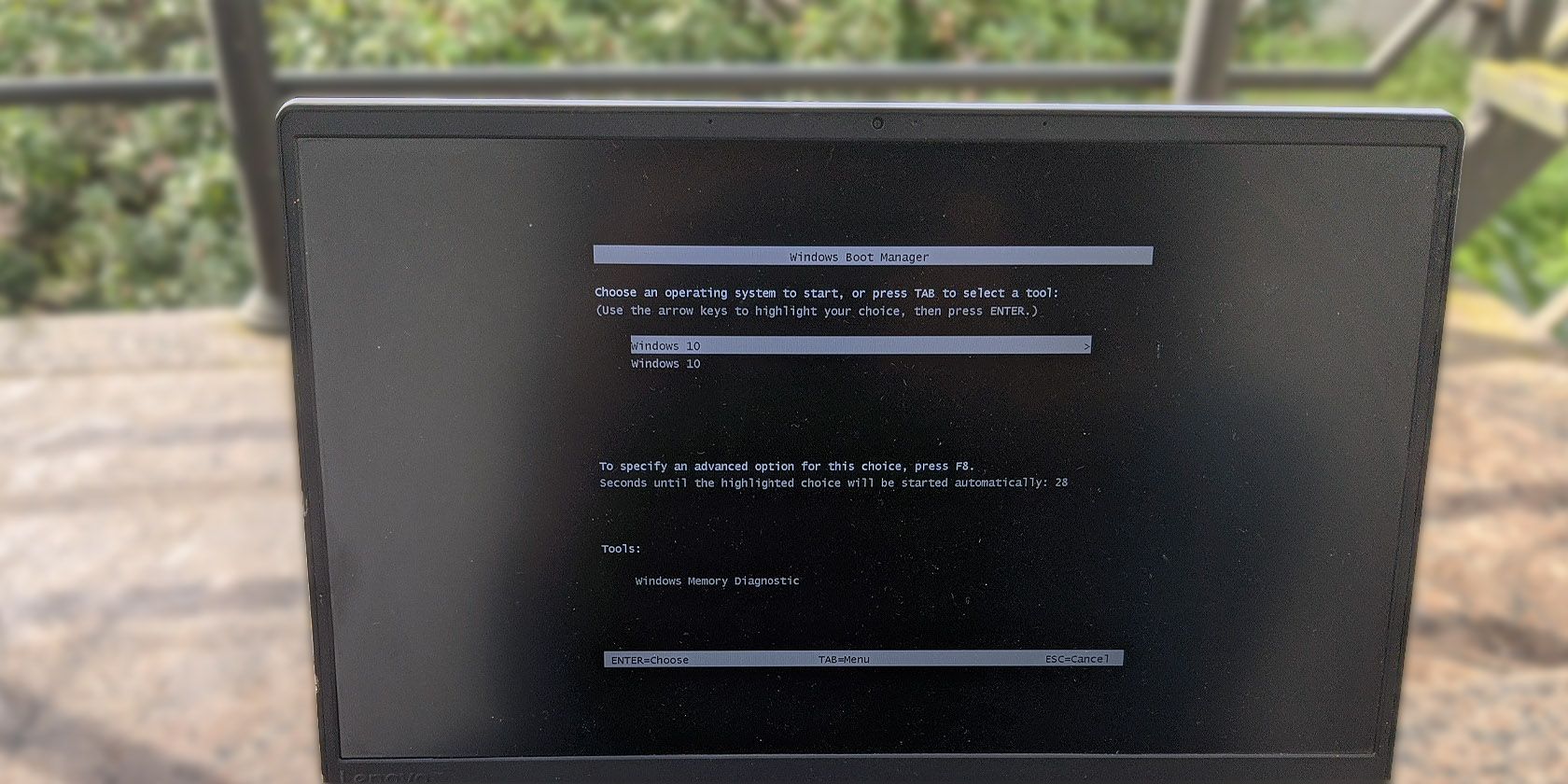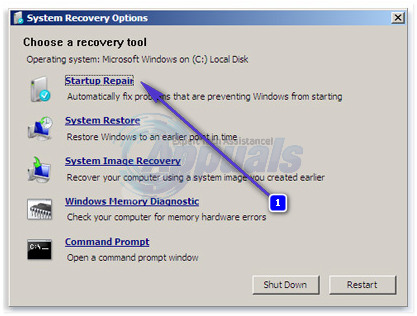

The advanced options here may allow you to fix the problem – the Automatic Repair option is particularly useful, and the System Restore or Safe Mode options may help you boot your computer.

You can also disable automatic restart after failure – this option will allow you to see the error message if your PC is constantly blue-screening and rebooting. For example, you can enable Safe Mode from here.
 Startup Settings: The Startup Settings option allows you to modify a number of startup options. This option should only be used by advanced users who know what they’re doing. This will allow you to run a variety of commands to troubleshoot and fix your computer. Command Prompt: Open a Recovery Environment Command Prompt. If your computer can’t boot into Windows, this option is worth a try. Automatic Repair: Try to automatically repair issues that can prevent Windows from booting properly. You’ll need to use Windows 7’s backup tools in Windows 8 to create a system image. The system image overwrites your computer’s state and files. System Image Recovery: Restore your computer using a system image file. However, if Windows 8 can’t boot, it may boot properly after you restore your PC to a working state. This is the same as using System Restore within Windows. System Restore: Restore your computer to an earlier restore point. The Advanced options screen holds the advanced troubleshooting and repair options. If you just want to fix your computer and you’re not sure which option to pick, try Refreshing your PC so you don’t lose all your files.įor more advanced troubleshooting and repair tools, click (or tap) Advanced options. Any personal files and settings on your computer will be deleted. Reset your PC: Resetting your PC (not to be confused with rebooting your PC) resets it to its factory state. However, any installed desktop apps will be removed. Refresh your PC: Refreshing your PC restores its system software to its factory state without deleting your files or installed Modern apps.
Startup Settings: The Startup Settings option allows you to modify a number of startup options. This option should only be used by advanced users who know what they’re doing. This will allow you to run a variety of commands to troubleshoot and fix your computer. Command Prompt: Open a Recovery Environment Command Prompt. If your computer can’t boot into Windows, this option is worth a try. Automatic Repair: Try to automatically repair issues that can prevent Windows from booting properly. You’ll need to use Windows 7’s backup tools in Windows 8 to create a system image. The system image overwrites your computer’s state and files. System Image Recovery: Restore your computer using a system image file. However, if Windows 8 can’t boot, it may boot properly after you restore your PC to a working state. This is the same as using System Restore within Windows. System Restore: Restore your computer to an earlier restore point. The Advanced options screen holds the advanced troubleshooting and repair options. If you just want to fix your computer and you’re not sure which option to pick, try Refreshing your PC so you don’t lose all your files.įor more advanced troubleshooting and repair tools, click (or tap) Advanced options. Any personal files and settings on your computer will be deleted. Reset your PC: Resetting your PC (not to be confused with rebooting your PC) resets it to its factory state. However, any installed desktop apps will be removed. Refresh your PC: Refreshing your PC restores its system software to its factory state without deleting your files or installed Modern apps. 
This is particularly useful if you want to refresh or reset your PC, but can’t get into Windows. The Troubleshoot screen provides easy access to the Refresh and Reset your PC options. The Continue and Turn off your PC options will continue booting to Windows (assuming there isn’t a problem) or power off your computer. Once you’ve accessed the advanced startup options, you’ll need to click (or tap) the Troubleshoot option to access the troubleshooting and repair options.








 0 kommentar(er)
0 kommentar(er)
